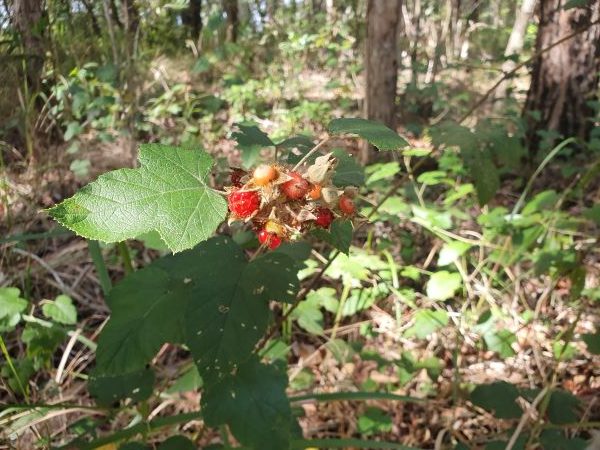
Native of the month June 21- Native Raspberry Rubus molucca
This month we look at a local native plant that produces a very tasty fruit.

This month we look at a local native plant that produces a very tasty fruit.
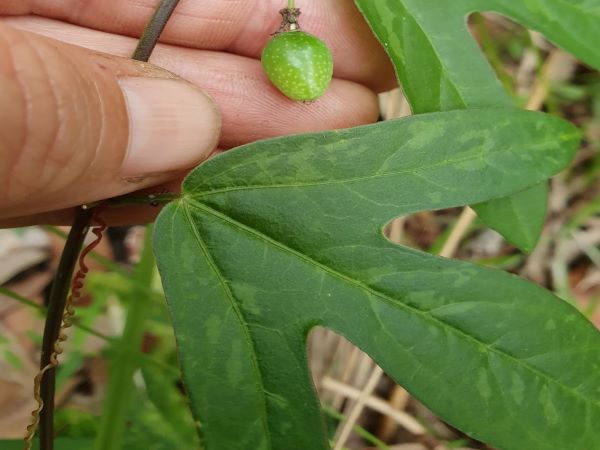
Michelle’s plant of the month for February is Passion fruit. In this post she shares and excellent Land For Wildlife article that compares the nine species found here, three native and six exotic.
The Corky passionfruit is one that impacts the most on our local bushland and will feature in the March newsletter.
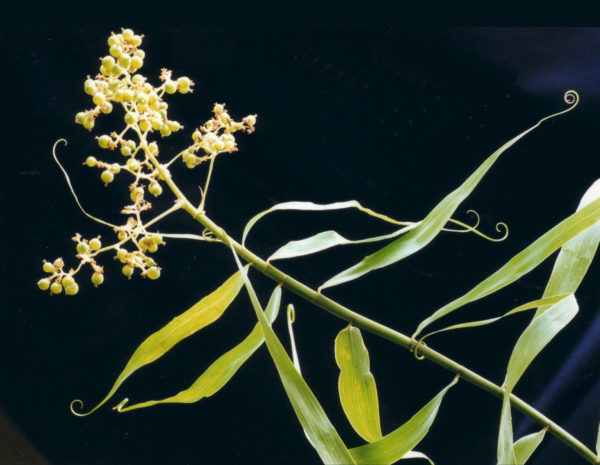
The Noosa Native Plants website at www.noosasnativeplants.com.au is regularly updated with the latest plants flowering in Noosa. Have a look and get to know the names of the beautiful flowers in our region!
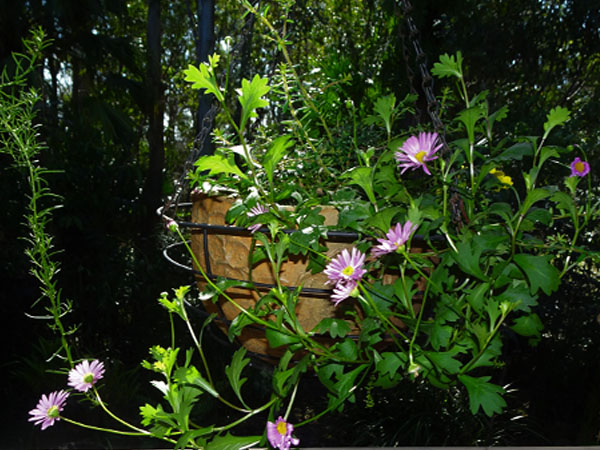
Stephanie Haslam has been experimenting with groundcovers in hanging baskets. After just a few weeks the plants have filled them, done their thing and are trying to escape. For those with small gardens, town houses and even balcony gardens, it is important to find out the secrets of pot culture. The bees don’t seem to care that they are in pots and are regular visitors.
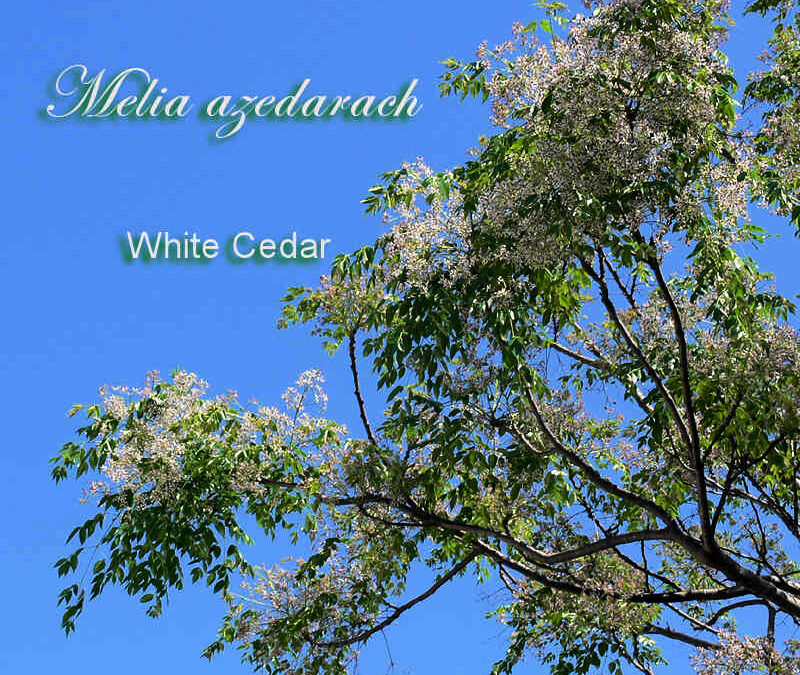
Spring has sprung and so many local native plants are flowering prolifically in Noosa at the moment. For Stephanie, it’s tempting to believe that all the hot air, political nastiness and the horrors of Covid 19 is falling back to earth as a fertilizer. Everything is flowering as if there is no tomorrow, or maybe just trying extra hard to encourage us to look at them and realise how important the natural environment is to the future of our species. Click through to see some of the lovely images of flowers from around the region.
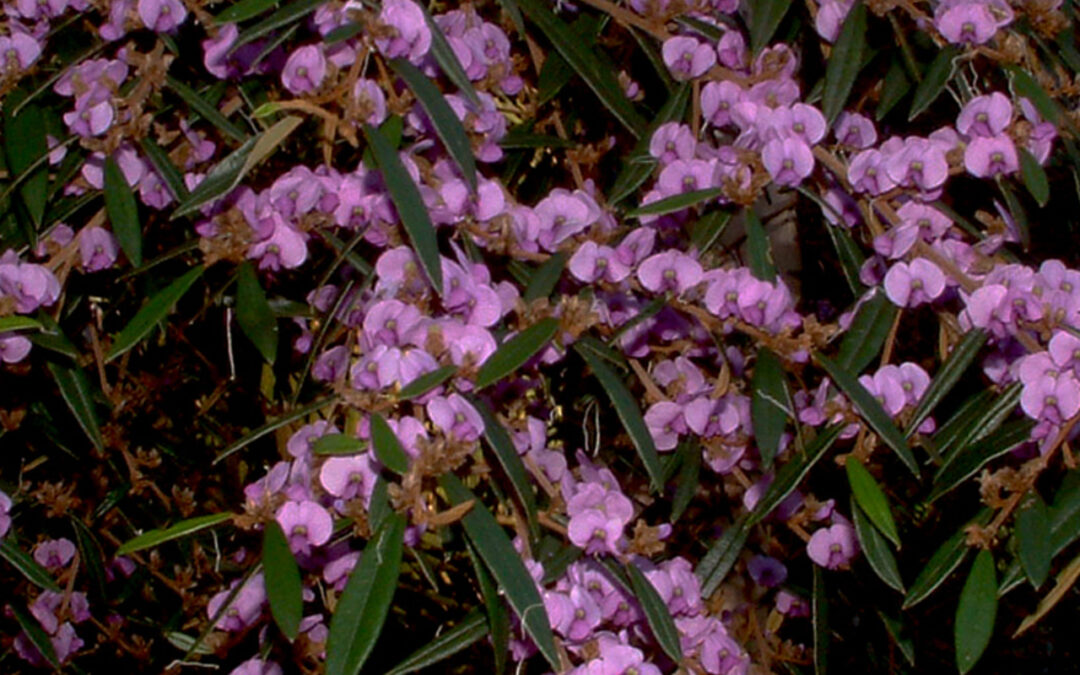
The Sunshine Coast Wildflower Walks have attracted many people and 2020 has been a bumper flowering year. Thanks to all concerned for bringing this explosion of colour (not to mention brilliant weather) into this otherwise rather dismal year. In this post, Stephanie provides a link to maps of the walks which are all on public land, so why not take some time to experience this natural bounty for yourself!